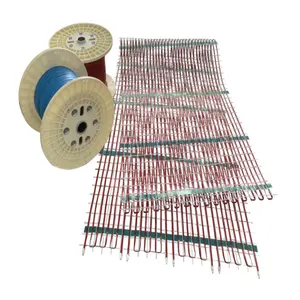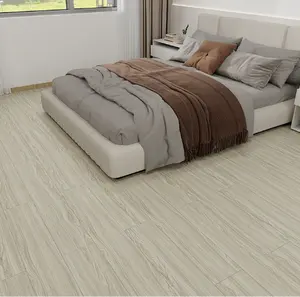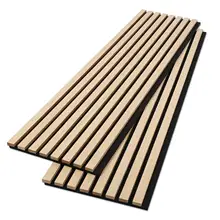Introduction to PVC Heating Floors
The realm of indoor climate control has been revolutionized with the advent of heating floor PVC technology. This innovative flooring solution not only provides the comfort of a warm surface underfoot but also contributes to the overall heating efficiency of a space. PVC, or polyvinyl chloride, is a versatile plastic material that, when used in flooring, can incorporate heating elements to create a consistent and gentle heat distribution.
Types and Applications
There are several types of PVC floor heating systems, each suitable for different applications. Some are designed for use in residential settings such as apartments and homes, while others are tailored for commercial spaces including hotels and offices. The common thread among these systems is their ability to integrate seamlessly with various interior designs, thanks to options like graphic design, total project solutions, and 3D model design.
Features and Materials
The core feature of heating floor PVC is its dual functionality. It serves as a durable floor covering while also acting as a heating element. The material composition of PVC flooring is known for its durability and ease of maintenance. When it comes to heating, the embedded elements are designed to provide an even distribution of warmth, ensuring that there are no cold spots within the room.
Advantages of PVC Heating Floors
Opting for a PVC underfloor heating system comes with a multitude of advantages. The energy efficiency of such systems can contribute to reduced heating costs, while the even heat distribution enhances occupant comfort. Additionally, the nature of PVC flooring allows for a relatively quick response time to temperature adjustments, making it an efficient choice for both heating and energy use.
Installation and Maintenance
While the specifics of installation may vary, floor heating PVC is generally known for its straightforward installation process. Maintenance is equally convenient, as PVC is a material that resists wear and tear and is easy to clean, ensuring that the heating functionality remains effective over time without requiring extensive upkeep.
Choosing the Right PVC Heating Floor
Selecting the appropriate PVC heated floor involves considering the specific needs of the space, such as room size and intended use. It is also important to look at the different features offered, such as the type of heating (underfloor or in-floor) and the availability of support options like return and replacement or spare parts.












































 浙公网安备 33010002000092号
浙公网安备 33010002000092号 浙B2-20120091-4
浙B2-20120091-4